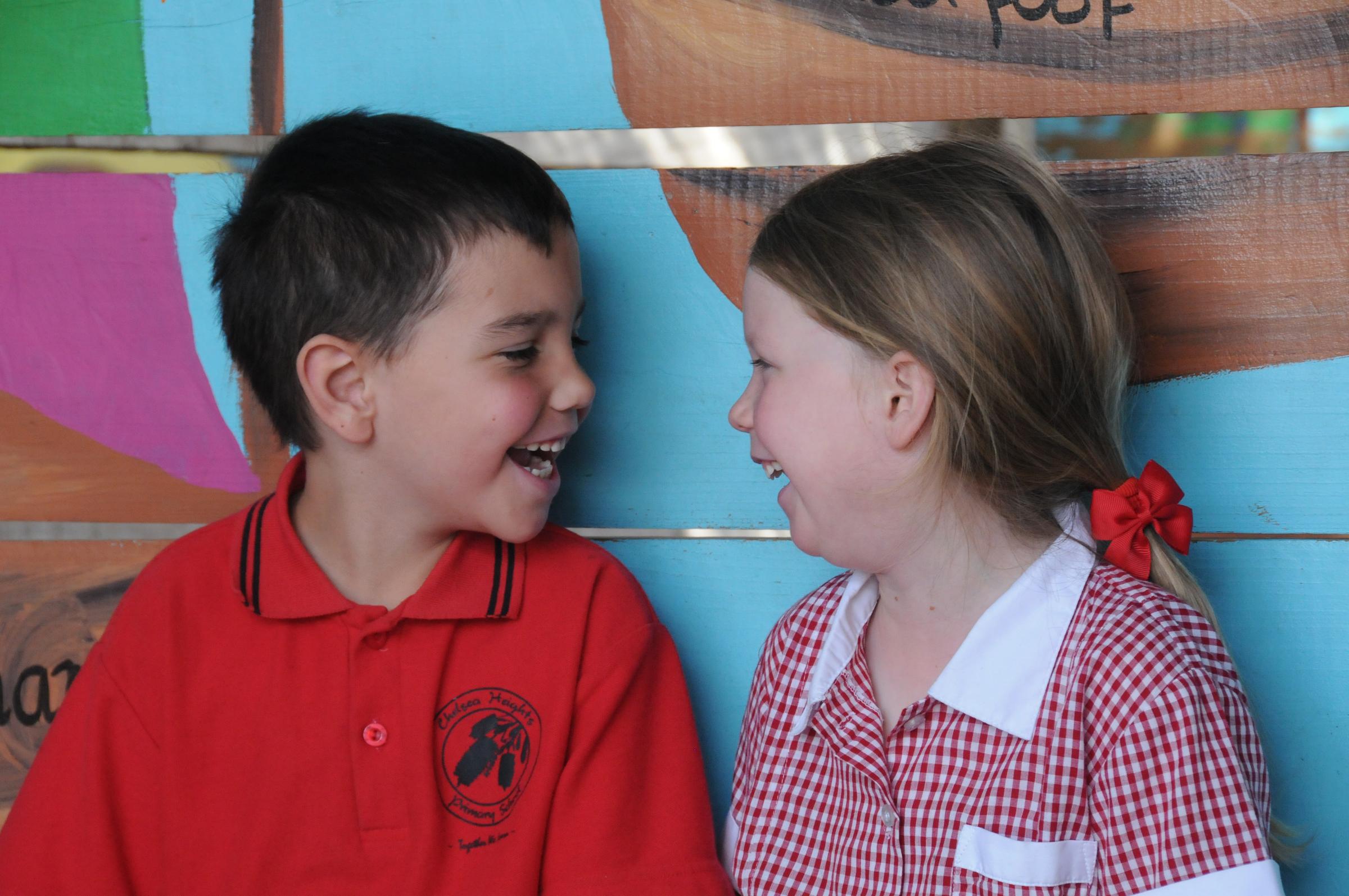Play is the Way

A message from Ms Hargreaves
Thank you to everyone for all the wonderful feedback, support and enthusiasm we have received from last month’s article and your promotion of the three values – Good Character, Kindness and Self Control. The overwhelming positive response reiterates the wonderful culture and community that we have at Chelsea Heights PS.
As many of you would know, Jane is back! If you happened to be at assembly last Monday, you would have witnessed her powerful and emotional speech about the difficult journey she has had and how our community spirit was a significant motivator to her positive return and wellbeing. She addressed the three values and how proud she was of our students, staff and parents for exhibiting them in her absence. Grade 3A, Miss Hickey and Mick McKeown received special mention for displaying the values outside of the school gates on their excursion to Scienceworks. What a wonderful effort that is from a grade that has faced a number of challenges this year. This is a perfect example of Good Character - I have the strength to do the right thing, particularly in times of adversity.
I hope you all enjoy the rest of the year and have the three values at the forefront of your minds, to be discussed over the holidays to ensure that our students return to school in 2019 safely and in a positive mindset. For those students and families who are graduating or leaving, I wish you all the very best of luck in your new endeavours and hope that you take with you the social and emotional learnings of the PITW program.
Below is an extract from Wilson McCaskill’s article ‘The Power of Culture’. When I was reading this article, it reminded me about our Stand UP! Moment and how lucky I am to be part of Chelsea Heights Primary School. I hope it does the same for you!
Kind regards,
Paris Hargreaves
The Power of Culture
by Wilson McCaskill
No year passes without the moral and professional failings of a sportsperson’s behaviour, in one sporting code or another, being publicly scrutinized and blamed, in large part, on a toxic team culture. The more extreme the behaviour of these individuals the more it is accepted that moral lassitude at all levels of the club fuelled this collapse of character. The finger of blame will generally point most strongly at the perpetrators who have so shamefully let the side down. However, the club’s membership and public opinion will require that from the boardroom to the change rooms, the winds of change sweep the dirt from every nook and cranny. All who believe in what the club and the sport stands for will put their shoulders to the wheel and labour to build a new and lasting culture that harms none, supports all and does not bring the game into disrepute. The belief that the club is the player, and the player is the club holds strong and much pride is taken in the club being there to embrace errant players and redirect their behaviour towards club standards. He (or she) is one of our own and we’ll take care of him, is a sentiment frequently expressed by players, management and supporters alike. This sentiment reveals a belief in the restorative and rehabilitative powers of a robust and morally sound culture to which all members contribute and role model. This is a valid and justifiable belief.
Schools that understand the importance of constantly building a strong school culture and are vigilant in ensuring that chinks in the culture are spotted early and repaired are simply the best environments in which to raise children who are prepared for all the challenges and responsibilities of being ethical contributors and participants in democracy. Children in such schools are developing the skills to create and maintain the type of world they would like to live in. An unwavering commitment to behaviour education produces classrooms where empathy stands tall and belonging is a reality for all. Classrooms, where concepts and virtues guide behaviour, are the ideal environments for the rehabilitation of those who, for a great variety of valid reasons, find it hard to meet their community’s behavioural expectations. Here they can get the long-term help and support to affect change. Hence, the more difficult the behaviour of individual children the more effort must be put into developing socially and emotionally competent classrooms. Classrooms that can continue the behaviour education of the individuals who require additional and ongoing peer support. Classrooms, filled with students who take pride in the strength it takes to be a community role model, cannot be swayed into abandoning their expectation of each other or themselves.
Is this easy to achieve? Of course not – but is it worth putting time, effort and application into achieving? Only if you accept behaviour education as an important part of the educator’s role.
School leaders that understand the power of culture to restore and rehabilitate, invariably work creatively and tirelessly to develop this big picture idea. They ensure that whatever school wide behaviour education methodology is being embedded, teachers are given the time and opportunity to look at the detail and classroom specific ways to attain the desired outcome. These leaders know all too well that children do what is right if they can, and the main reason they can’t (as opposed to won’t) is that they lack the social and emotional capacity to do so. And whatever is being done outside the classroom to develop this capacity has a greater chance of success when nurtured and supported in a classroom of children who have the skills obviously missing in the child requiring the intervention.
If we look compassionately at the needs of children struggling to manage their own behaviour we see easily that a classroom community, strong enough to look after and take care of their own, may be the best intervention of all.
